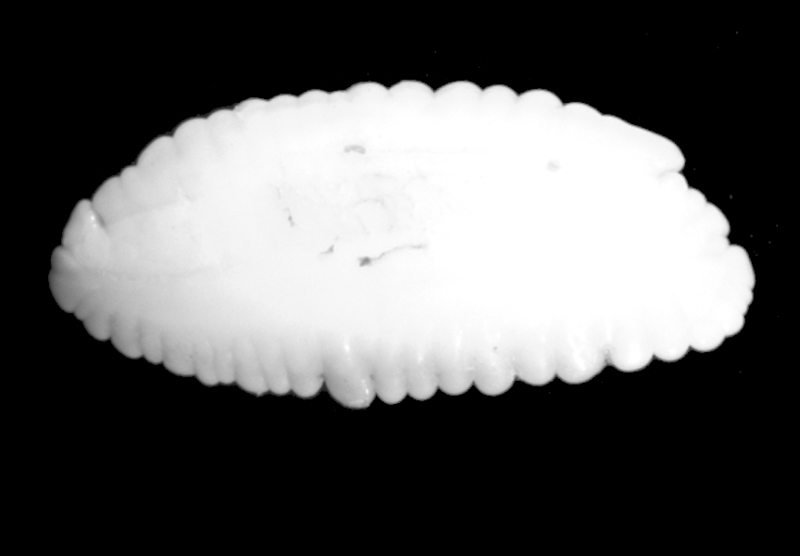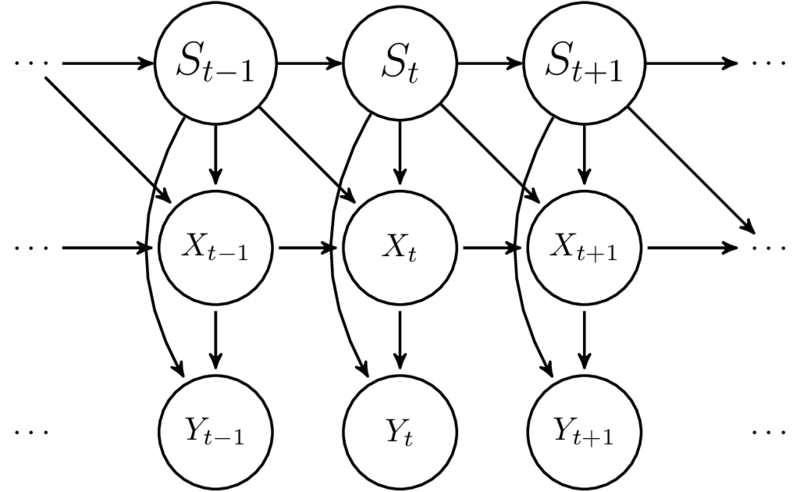
Fisheries stock assessment models
Fisheries stock assessment models are an integral part of determining fisheries catch quotas. The aim of the model is to determine the number of fish in the sea through the commercial landings and scientific surveys; a natural application for state-space models.
Currently, my research is focused on extending the models currently used. I am investigating different ways of modelling the observations. Further, I am working on developing models for multiple fish stocks to provide an operational middle way between single stock models and complex ecosystem models.
Examples of assessment model papers I have been part of are:



